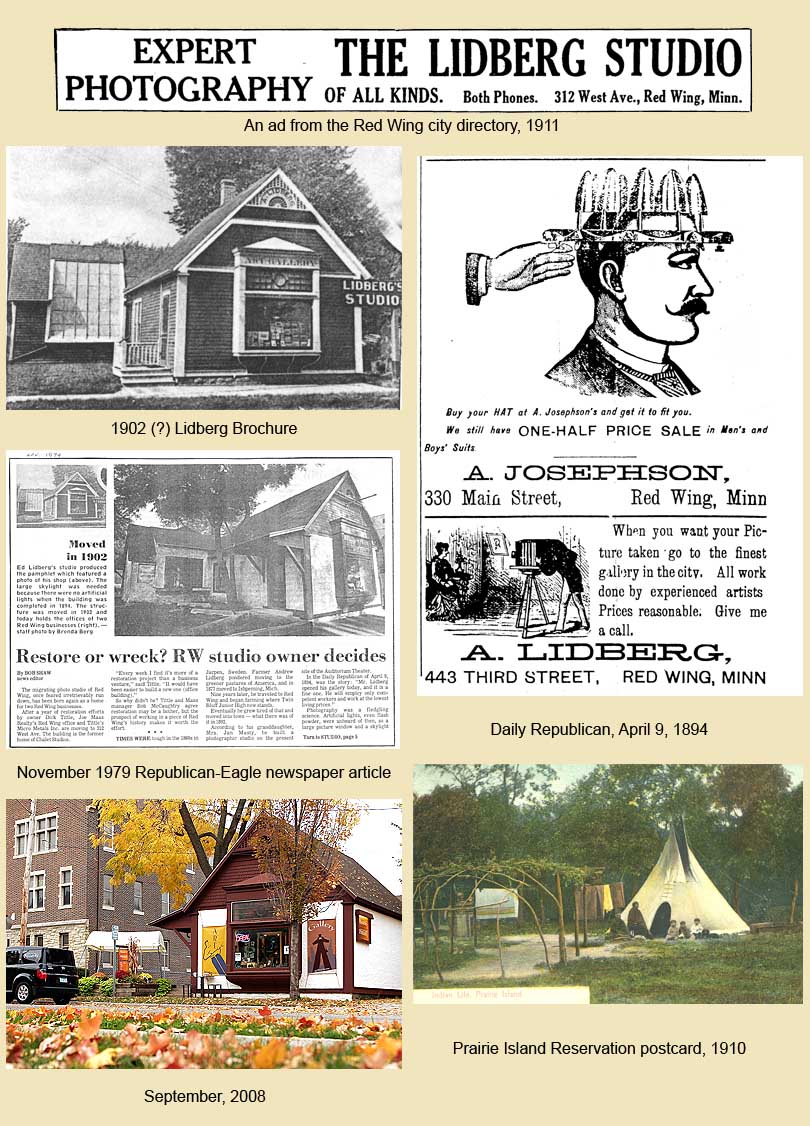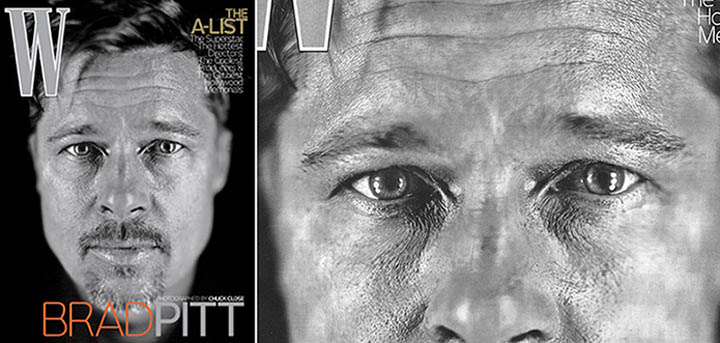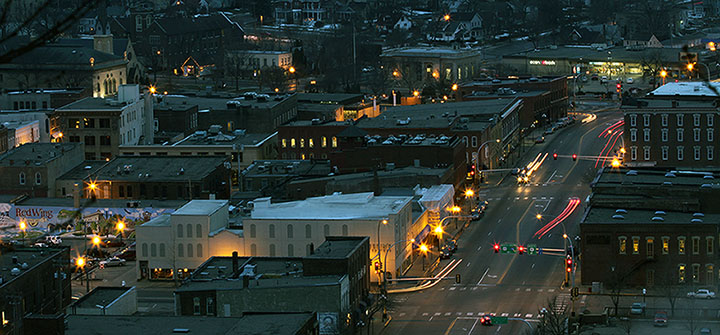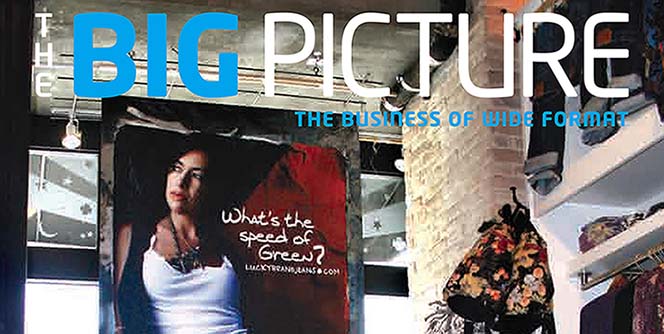This building has historical bones...

1894 - Andrew Lidberg, an immigrant
from Jarpen, Sweden builds and opens The Lidberg
Studio at 443 W. 3rd Street, Downtown Red Wing,
Minnesota (the corner of W. 3rd Street and East
Avenue), which is immediately next door to Charlie
Wah's Chinese Laundry. The Daily Republican on April
9th, 1894 writes, "Mr. Lidberg opened his gallery
today, and it is a fine one. He will employ only
competent workers and work at the lowest living
prices."
1899 - Upon graduating from Red Wing High School,
Andrew 's son Edward joins the studio full time. The
Lidberg's begin producing the first series of colored
souvenir post cards of Red Wing and the surrounding
area. The photos were exposed on glass plates and
developed at the studio. Negatives were then produced
and sent to Germany to be lithographed into color
post cards. These postcards are now collector items
with a passionate following.
1902 - Local businessman T.B. Sheldon donates money
to the City of Red Wing to build the country's first
city-owned theater. To make room for the Sheldon
Theatre, The Lidberg Studio is moved across the park
mall to 312 West Avenue where the building is located
today. A glass wall is oriented to the east to
provide natural light illumination for portraiture
photography.
1910? - Andrew Lidberg retires. Frank Booth, a
graduate of Effingham School of Photography in
Illinois, joins the studio.
1915 - Because of the war in Europe, it becomes
increasingly difficult do receive color lithographs
from Germany. Senator Knute Nelson has to intervene
to get a production run of postcards released.
Production is moved to Chicago (Acmegraph Company)
and Milwaukee (E.C. Kropp Company).
1915 - Edward Lidberg begins his real estate career
and the photography business begins to wind down. By
1920 the building is a full-time real estate office.
1920 - 1953 Very few building details. The best guess
at this point is that from approximately 1920 to 1936
it was a real estate office and from about 1937 until
1953 it was various photography studios.
1953 - The Chalet Studio opens. This portrait studio
is owned and operated by Ms. Louella Champs.
1972 - Edward Lidberg dies.
1978 - The Chalet Studio closes. The building is in
very rough shape with the roof in danger of
collapsing.
1979 - The building is repaired and restored by Dick
Tittle. It becomes home to InComm Realty and Maas
Realty
2008 - The building becomes home to Red Wing Framing
Gallery and Red Wing Portrait Studio.
What goes around, comes around. Even if it takes 114
years.
Brad Pitt on W

It's
a poorly kept secret that Brad Pitt and I have had a
professional feud for years. He won't return my phone
calls and I probably wouldn't return his phone calls
if he ever called. Kind of like Kid Rock and Tommy
Lee.
Be that is it may, and in a completely objective
observation, I need to call Brad out on his cover
photo in the February issue of W Magazine. The photo
was taken by Chuck Close (one of my favorite artists)
and in typical Chuck Close fashion, every flaw is
brought to attention in macroscopic detail.
The most interesting flaw is how the bank of three
lights in the eye on the right is on the right side
of the pupil, but in the other eye, these lights are
on the left side of the pupil.
Remember, friends don't let other friends Photoshop
drunk.
Red Wing from Barn Bluff...

Barn
Bluff vigilantly watches over Downtown Red Wing
immediately from the east. This means the bluff casts
a shadow every morning and says goodbye to the sun
every day. The bluff is a long and narrow rock and
the length of the bluff runs east and west for about
a mile. It is an easy hike along the south side to
the lookout over Downtown Red Wing. The top of the
bluff is about 400 feet above the Mississippi River
(immediately to the right in the above photo).
There was an unusual thaw this February and that
opportunity was leveraged to get this photo. Once the
tree buds start popping out, the details become
hidden. If you look closely, our shop is the small
triangle of lights in the upper left corner.
As with most mid-winter thaws, it toyed with our
emotions, giving us a taste of nicer weather, only to
slap us with a cold front and a dump of snow.
Back to muc-lucs and stocking caps.
The Big Picture

Clare
Baker called last November for an interview for The
Big Picture magazine, which is a trade journal for
the wide-format printing industry. The gist of the
article is about printers who have carved out a niche
business of providing wide-format, fine-art printing.
Wide-format printing is anything larger than 44" and
fine-art printing is usually defined as low-volume,
high-mix printing with tight duplication standards.
Over a period of weeks, Clare and I would
occasionally talk, but I lost track of the
publication date. I was pleasantly surprised to
receive the article in my mailbox this week. Clare
did her homework and did a terrific job of detailing
the priorities in wide-format fine-art printing:
1) Invest in capture, calibration and proofing
technologies.
2) Push the envelope in new applications and learn
from the failures.
An electronic version is right
here.
